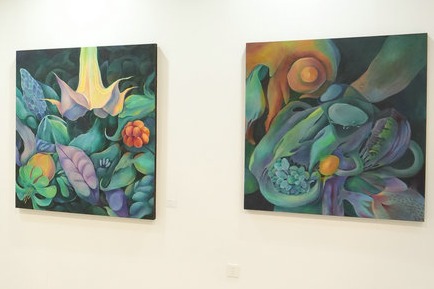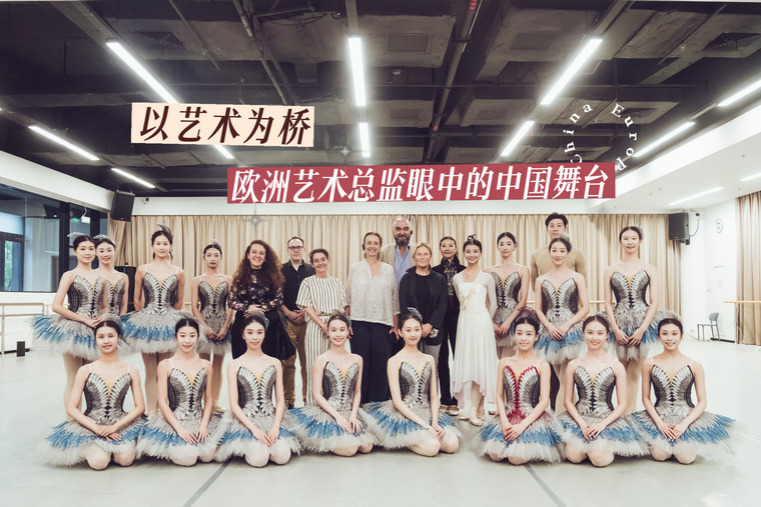Forging bonds beyond borders
China's pairing assistance programs blend intangible heritage with livelihoods, empowering Xinjiang women, Yang Feiyue reports.


Years of practice have brought the embroiderers in Xinjiang to an intermediate level of mastery, equivalent to municipal-level intangible cultural heritage bearers.
"Their works now demonstrate not only technical excellence, but, more importantly, reflect a successful fusion of traditional craftsmanship and contemporary aesthetics, making them well-suited to broader market demands," He says.
Today, more than 200 embroiderers work in local cooperatives, each earning an average of 20,000 yuan ($2,808) per year, according to him.
"They now can make money at home while minding their children," He says.
To date, the Jin embroidery business and the Xinjiang embroiderers have developed a deep collaborative mechanism in which orders are provided from He's operations and fulfilled by Xinjiang-based craftswomen.
When order volumes exceed local capacity in Xinjiang, Shanxi provides production support. The two sides have also created a "barter trade" framework, enabling mutual promotion and sales of each other's products.
Meanwhile, another centuries-old trade is renewing ties between central Hubei province and Xinjiang.
Jian Nisi, deputy director of Hubei Changshengchuan Tea Research Institute, stood at a cultural exhibition in Hotan in August holding a dark brick of tea that drew many curious local residents.
"For Uygur and Mongolian families, our brick tea is the foundation of their milk tea. It's more than a drink, it is the drink of life on the grasslands," Jian says.





































